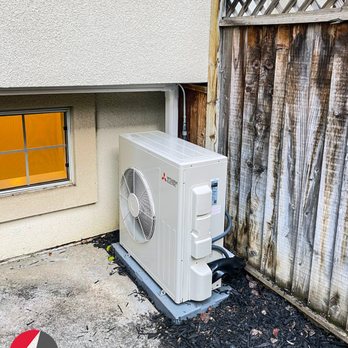Heating, ventilation and air conditioning equipment keeps industrial, commercial and residential facilities properly heated, cooled and ventilated. This equipment includes heaters to keep facilities warm in winter, fans and air conditioners to cool off areas in summer and air filters for better indoor air quality.
The HVAC equipment supply chain continues to face production shortages and bottlenecks that could last into 2022. Here’s how technicians can cope and make the best of this situation.
Condenser Coil
The evaporator coil and the condenser coil play crucial roles in your AC system. They help your home stay cool and comfortable by absorbing heat from the air. They also work together to disperse the heat outdoors. It’s important to keep both these coil systems in good condition. This will help your AC unit run efficiently. If they are not in good condition, then your AC unit will not function properly.
The evaporator coil is inside the air handler in your indoor AC unit and consists of copper tubes within panels. These tubes are u-shaped and coated with thin metal fins. These fins direct air closer to the coils so that the refrigerant can absorb more heat from it. The refrigerant then passes through the compressor, increasing its pressure and temperature. This forces the refrigerant to change from a liquid into a gas. The hot-gased refrigerant then travels to the outdoor condenser unit where it’s pushed into the air by the fan and released into the outdoor air.
Evaporator Coil
An air conditioning system’s evaporator coil (also known as an N or Z-coil) is inside the home’s air handler and is where the refrigerant absorbs heat. It consists of copper tubes that are bent into a U-shape with metal “fins” that allow the refrigerant to easily absorb heat from the indoor air.
The blower fan agitates the air that passes over the coils to remove moisture and cool the air, then it circulates the refrigerant-filled evaporator through the rest of your home’s heating and cooling system. If the evaporator coil is dirty or leaking, the blower doesn’t circulate as efficiently.
Dirty evaporator coils can be caused by a variety of things, including a dirty air filter, a clogged condensate drain pan, or low levels of refrigerant. A home warranty with HVAC coverage may cover the cost of a new evaporator coil and the labor to install it. The new coil will also need to be filled with refrigerant.
Compressor
The compressor is the heart of the HVAC system. Its role is to compress the air and force it into the condenser coils. The compressor can be powered by either an electric motor or a gas engine.
Atmospheric air enters the compressor through an inlet valve. A rotor with stationary vanes is placed off-center inside the compression cavity. Arms with self-adjusting length divide the space, creating several cavities of varying size. At each compression stage, the rotor’s spin forces a single piston to move up and down. The piston’s up motion pulls atmospheric air into the compressor’s compression chamber, while the piston’s down motion pushes the pressurized air out through its output.
When an HVAC technician buys parts from a local supply house, they are able to reduce their travel time and save money on fuel costs. This can also help them increase their profit on each job. Buying locally also helps to keep business relationships sustainable.
Thermostat
The thermostat is the component that sets a temperature goal and then turns on and off the furnace or air conditioner to keep the house at that temperature. It also reads changes in room temperature and then alters the system’s settings accordingly. Most modern digital thermostats are programmable and can save up to 30% of energy costs.
HVAC equipment keeps industrial, commercial and residential facilities heated in winter, cooled in summer and ventilated year-round. It also filters and purifies the air to prevent harmful indoor pollutants from affecting health.
Choosing an HVAC supply that is close to the job site can cut down travel time and labor cost for both the technician and the customer. This can allow the technician to complete more jobs per day and get his customer’s heating or cooling systems back up and running in no time. This will help keep the customer happy and satisfied and ensure that he calls the HVAC company for any future service needs that may arise. Hvac supply near me
